AO Edited
Transcontinental Railroad Back Country Byway
This now-abandoned part of the original transcontinental railroad route provides a surreal driving and historical experience.
Promontory Point, Utah, is justly famous as the site where the eastward-building and westward-building parts of the Transcontinental Railroad were connected in 1869. And the historic park at the site, with its visitor center, replica locomotives, and interpretive exhibits, is certainly worth a visit. But what is less known is that this part of the original transcontinental route is completely abandoned.
The route was bypassed by the Lucin Cutoff directly across the Great Salt Lake in the early 20th century, and then the tracks were ripped up in 1942 as scrap for the war effort. A short section of track was rebuilt for the historical park in the late 1960s, but the old right-of-way otherwise remained unused. However, it’s since been designated by the Bureau of Land Management (BLM) as a “back-country byway,” and pretty much the entire route—some 90 miles, from west of the Promontory Point historical site to Lucin—is open to automotive traffic.
The right-of-way traverses desert that is now as remote as anywhere in the conterminous 48 states, making a surreal contrast with the bustling activity that took place over a century ago. Some fragmentary ruins are visible here and there, and the occasional interpretive sign tells about the history at particular points of interest. One of the most interesting is the site of Terrace, about 20 miles east of Lucin, which was once the largest town in this part of Utah and the largest built by the railroad. It was the maintenance and repair center and may have had a total population greater than a thousand. Little is left today. The route also lies within the basin of Pleistocene Lake Bonneville, which covered much of this part of Utah, and many lakeshore features are also visible.
As it’s an old railroad grade, the route is also of interest for mountain bike touring. Cyclists should be experienced, though, and prepared for a remote desert environment, with adequate water and repair skills. Having an accompanying automobile as a “mother ship” is an attractive option.
Know Before You Go
According to the BLM website, the stretch between the beginning of the route on the east and the site of Kelton should be passable to passenger cars in dry conditions. There are a number of intermediate access points; consult the BLM map (link given below). Between Kelton and Lucin high clearance is required and 4wd desirable, because most of the old trestles must be bypassed by driving down off the old railroad grade and directly across the drainage.
Community Contributors
Added by
Edited by
Plan Your Trip
The Atlas Obscura Podcast is Back!










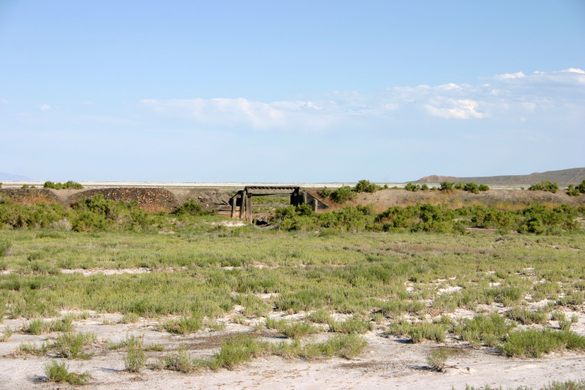


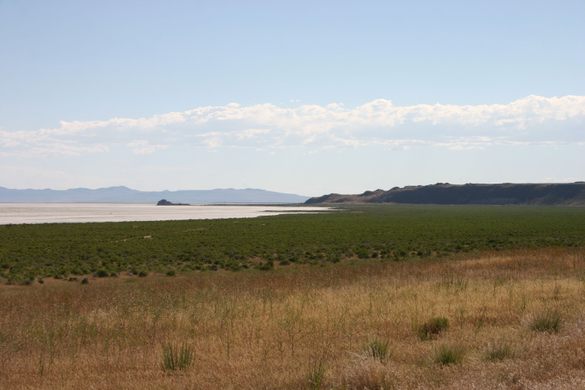













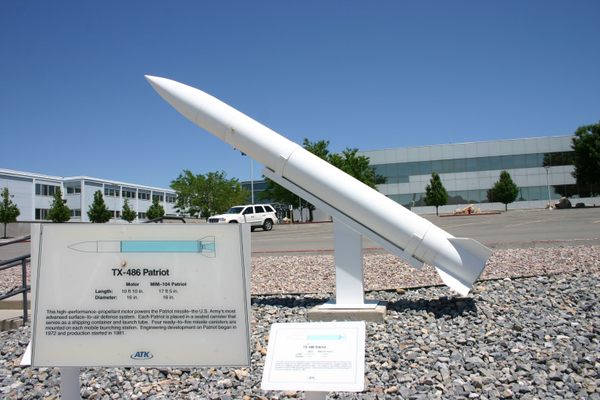
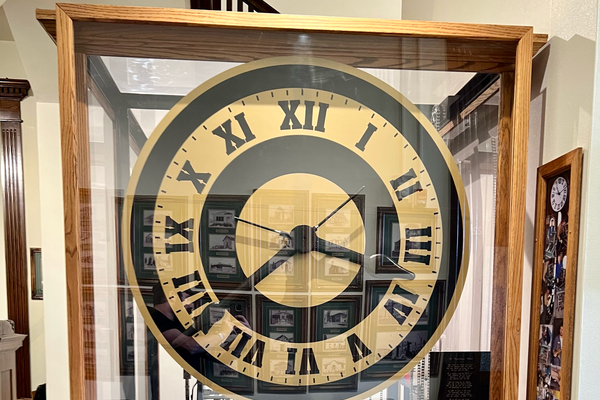
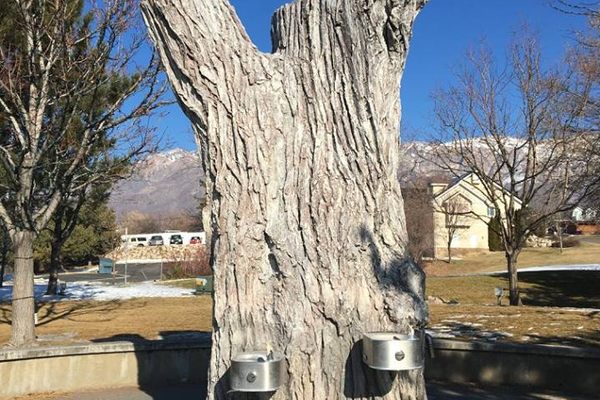

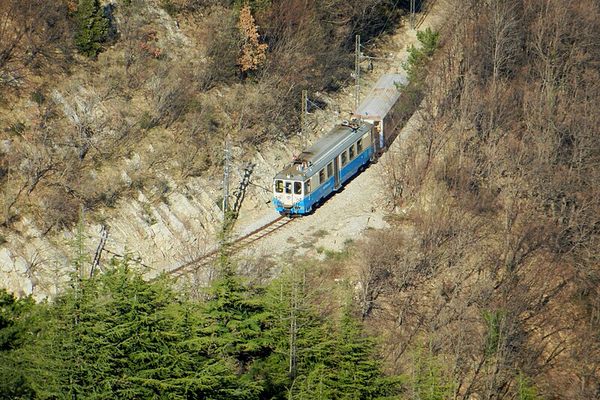



Follow us on Twitter to get the latest on the world's hidden wonders.
Like us on Facebook to get the latest on the world's hidden wonders.
Follow us on Twitter Like us on Facebook